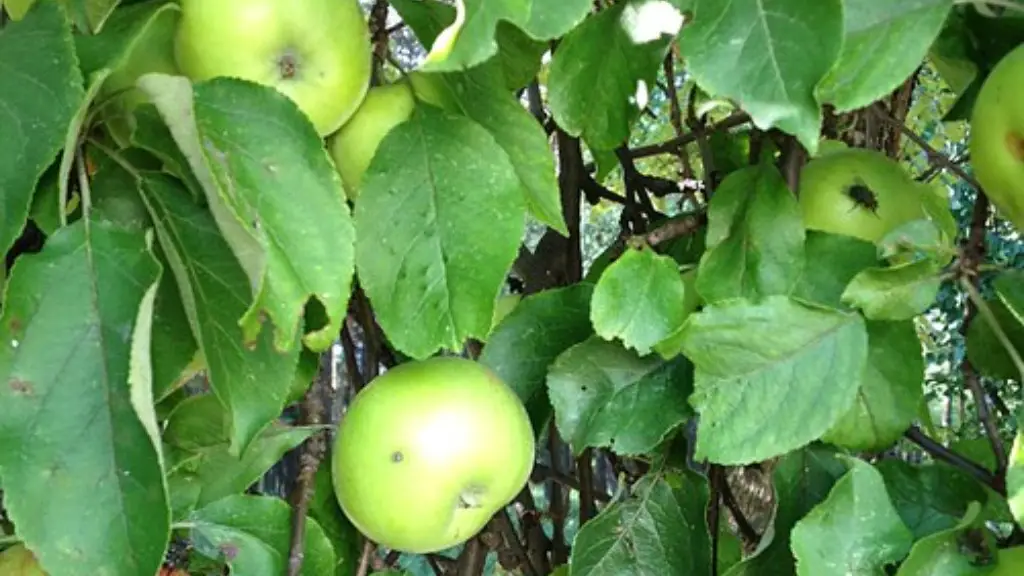Introduction
Avocado is a nutritious superfood that is eaten around the world. Avocado trees require proper care to make sure they produce healthy fruit, one of the common problems faced by avocado farmers is persea mites that can damage the leaves, fruit and flowers of the tree. This article will discuss in detail the methods for getting rid of persea mites on avocado trees.
Identifying Persea Mites
Persea mites are very small, about 0.4mm in length and are pale yellow to yellow-brown in color. These mites are almost impossible to detect with the naked eye, but with the help of a magnifying glass, you can easily see them. They can be found on the leaves and stems of the avocado tree. Persea mites are tiny and live in the crevices of the leaves, where they suck on the cell fluids and sap of the leaves, causing the leaves to deform and become discolored.
Biological Control
Biological control is one of the most important ways to get rid of persea mites on avocado trees. Biological control uses natural predators, such as ladybugs, lacewings and predatory mites, to naturally control the population of persea mites on the avocado tree. This method is considered safe and effective, and does not harm the avocado tree.
Chemical Control
Chemical control involves using chemical pesticides to control the population of persea mites on the avocado tree. This method is often used in commercial avocado production and is considered to be an effective way to control persea mites on avocado trees. The pesticides used should be approved for use on avocado trees, and should be applied as directed by the manufacturer.
Preventive Measures
There are a few preventive measures that can be taken to help prevent the spread of persea mites on avocado trees. The first is to avoid overwatering the avocado tree and make sure that the soil is well drained. This helps prevent the growth of persea mites as they thrive in moist, humid conditions. The second is to keep the avocado tree free of weeds and grasses that can harbor the mites. Finally, it is important to inspect the tree regularly to check for signs of persea mites and take immediate action if they are found.
Spraying With Insecticides
One way to get rid of persea mites on avocado trees is by spraying the tree with insecticides. This method is widely used in commercial avocado production, and can be effective in controlling persea mite populations. Chemical insecticides should only be used as a last resort, and should be applied according to the manufacturer’s directions. It is also important to ensure that the chemical does not contain harmful chemicals that could damage the avocado tree.
Organic Control
Organic control is another method for getting rid of persea mites on avocado trees. This method involves using natural methods, such as predatory mites, to control the population of persea mites on the avocado tree. Organic control is safe and effective, and is considered to be a more sustainable way to control persea mites on avocado trees.
Conclusion
Getting rid of persea mites on avocado trees is an important part of proper avocado tree care. There are several methods available for getting rid of persea mites, such as biological control, chemical control, preventive measures and organic control. Regardless of the method chosen, it is important to ensure that it is done safely and effectively. This article has discussed the methods for getting rid of persea mite on avocado trees and how they can be used to ensure healthy and productive avocado trees.

